Copyright
Newnes is an imprint of Elsevier
The Boulevard, Langford Lane, Kidlington, Oxford OX5 1GB, UK
225 Wyman Street, Waltham, MA 02451, USA
Copyright 2012 Elsevier Ltd. All rights reserved
No part of this publication may be reproduced, stored in a retrieval system or transmitted in any form or by any means electronic, mechanical, photocopying, recording or otherwise without the prior written permission of the publisher
Permissions may be sought directly from Elsevier's Science & Technology Rights Department in Oxford, UK: phone (+44) (0) 1865 843830; fax (+44) (0) 1865 853333; email: and selecting obtaining permission to use Elsevier material
Notice
No responsibility is assumed by the publisher for any injury and/or damage to persons or property as a matter of products liability, negligence or otherwise, or from any use or operation of any methods, products, instructions or ideas contained in the material herein. Because of rapid advances in the medical sciences, in particular, independent verification of diagnoses and drug dosages should be made
British Library Cataloguing-in-Publication Data
A catalogue record for this book is available from the British Library
Library of Congress Cataloging-in-Publication Data
A catalog record for this book is available from the Library of Congress
ISBN: 978-0-08-096640-3
For information on all Newnes publications visit our web site at www.newnespress.com
Printed and bound in the UK
11 12 13 14 15 10 9 8 7 6 5 4 3 2 1
Preface
Almost 40 years ago the author bought his first valve amplifier; it cost him 3, and represented many weeks pocket money. Whilst his pocket money has increased, so have his aspirations, and the DIY need was born.
Although there were many sources of information on circuit design, the electronics works gave scant regard to audio design, whilst the Hi-Fi books barely scratched the surface of the theory. The author, therefore, spent much time in libraries trying to link this information together to form a basis for audio design. This book is the result of those years of effort and aims to present thermionic theory in an accessible form without getting too bogged down in maths. Primarily, it is a book for practical people armed with a calculator or computer, a power drill and a (temperature-controlled) soldering iron.
The author started a B.Sc. in Acoustical Engineering, but left after a year to join BBC Engineering as a Technical Assistant, where he received excellent tuition in electronics and rose to the giddy heights of a Senior Engineer before being made redundant by BBC cuts. He has also served time in Higher Education, and although developing the UKs first B.Sc. (Hons.) Media Technology course and watching students blossom into graduates with successful careers was immensely satisfying, education is achieved by class contact not by committees and paper chases.
Early on, he became a member of the Audio Engineering Society, and has designed and constructed many valve pre-amplifiers and power amplifiers, loudspeakers, pick-up arms and a pair of electrostatic headphones.
It is now 18 years since work began on the 1st edition of Valve Amplifiers, yet much has changed in this obsolete technology since then.
The relentless infestation of homes by computers has meant that test and measurement has become both cheaper and more easily integrated, either because it directly uses the processing power of a computer, or because it borrows from the technology needed to make them. Thus, the Fast Fourier Transform has become a tool for all to use, from industrial designer to keen amateur enabling spectrum analysis via a 100 sound card that was the province of world class companies only 20 years ago. As a happy consequence, this edition benefits from detailed measurements limited primarily by the authors time. Computer modelling is now freely available exemplified by Duncan Munros PSUD2 linear power supply freeware.
The spread of Internet trading has made the market for valves truly global. Exotica such as Loctals, European Special Quality valves, and final generation Soviet bloc valves are now all readily available worldwide to any Luddite with the patience to access the Internet we no longer need to be constrained to conservative (but expensive) choices of traditional audio valves. Even better, many of the 1950s engineering books that you thought had gone forever are available from the second-hand book sellers on the Internet.
Paradoxically, although digital electronics has improved the supply of valves, other analogue components are dying. Capacitors are the worst affected by the lack of raw materials; polycarbonate disappeared in 2001, and silvered-mica capacitors and polystyrene are both endangered species. Controls have succumbed to the ubiquitous digital encoder, so mechanical switch ranges have contracted and potentiometers face a similar Darwinian fate. It is particularly galling to discover a use for Zeners just as major semiconductor manufacturers stop making them.
Despite, or perhaps because of, these problems, valves and vinyl have become design icons, both in television adverts and the bits in between. The relentless hype from manufacturers of audio servers that favour convenience over sound quality has forced manufacturers of CD players to justify their products on sound quality (and convenience, because although nobody mentions it, a CD player is unable to wipe your entire music library at the drop of an operating system). CD and vinyl are now the only reliable sources of quality audio which is perhaps a step forward from the 1980s when it was FM radio and vinyl.
Note for the MP3 generation: That shiny 120mm disc was invented for storing music (such as Beethovens 9th Symphony) at far higher quality than a compressed download. Try it some time you might even like it.
Acknowledgements
Special thanks are due to Euan McKenzie who undertook the onerous task of proofreading at long distance on short notice and in record time to an appropriately low uncertainty.
Thermionic design cannot proceed in a vacuum, so the author is grateful for the perceptive insights and insults freely offered by Stuart Yaniger over the recent years.
An annual celebration of awe and wonder has been the European Triode Festival. This delightfully civilised bacchanalia has humbled the author with splendid works of art and engineering whilst at the same time reassuring him that he was not alone. Thank you, Christian, for first inviting me, and even more thanks to subsequent organisers for successfully maintaining the momentum.


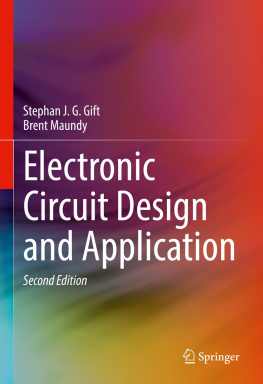




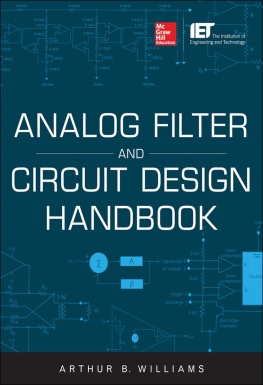
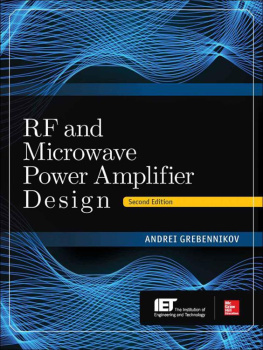
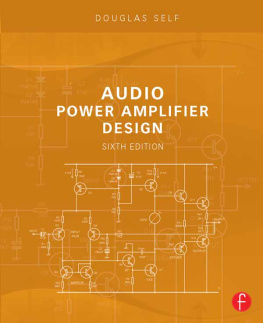
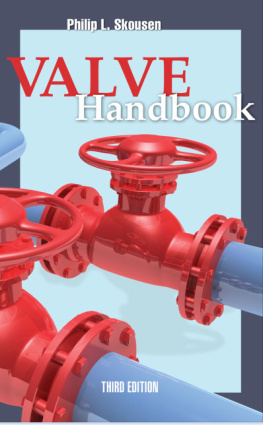
 AMSTERDAM BOSTON HEIDELBERG LONDON NEW YORK OXFORD PARIS SAN DIEGO SAN FRANCISCO SINGAPORE SYDNEY TOKYO
AMSTERDAM BOSTON HEIDELBERG LONDON NEW YORK OXFORD PARIS SAN DIEGO SAN FRANCISCO SINGAPORE SYDNEY TOKYO 
